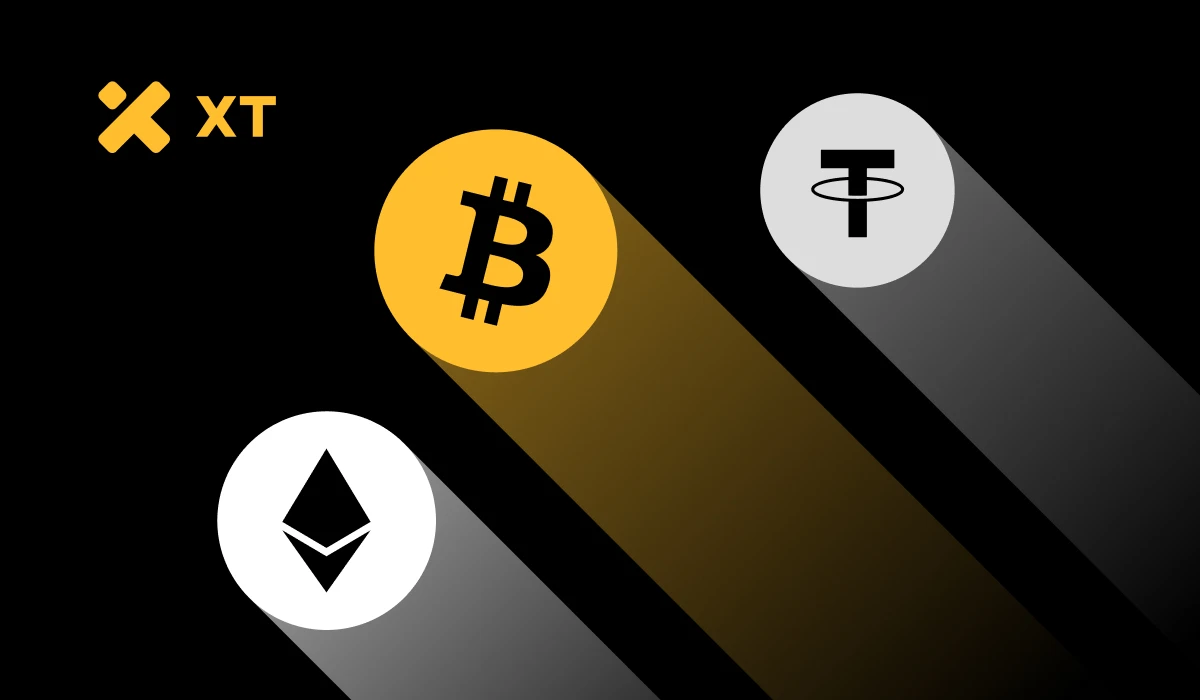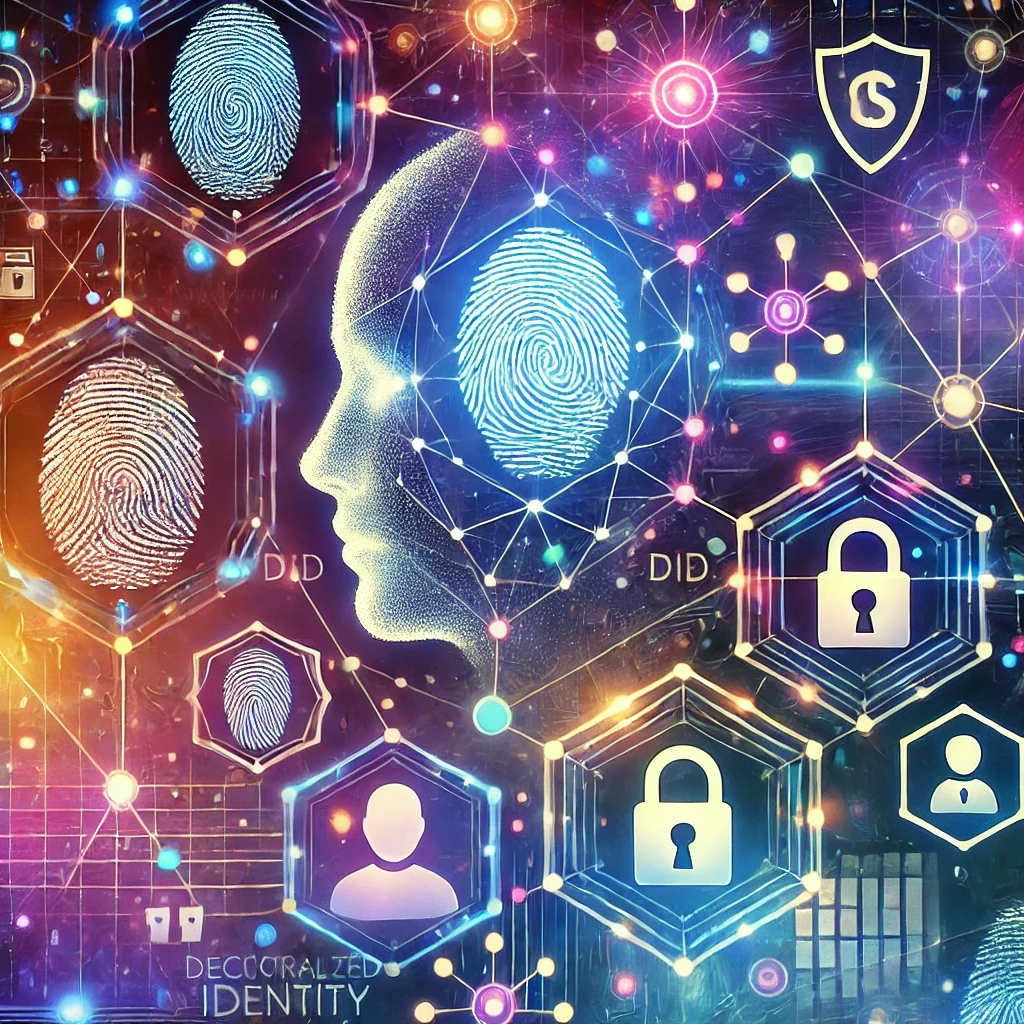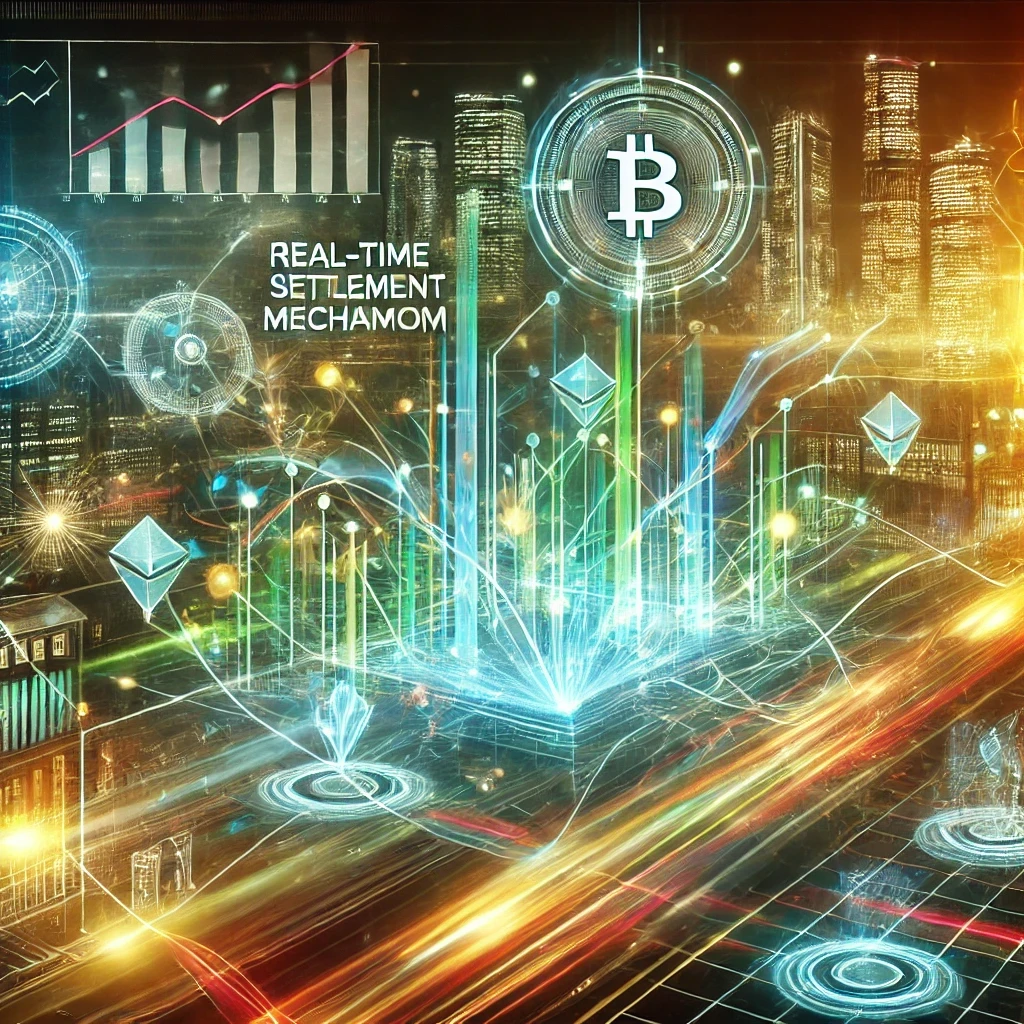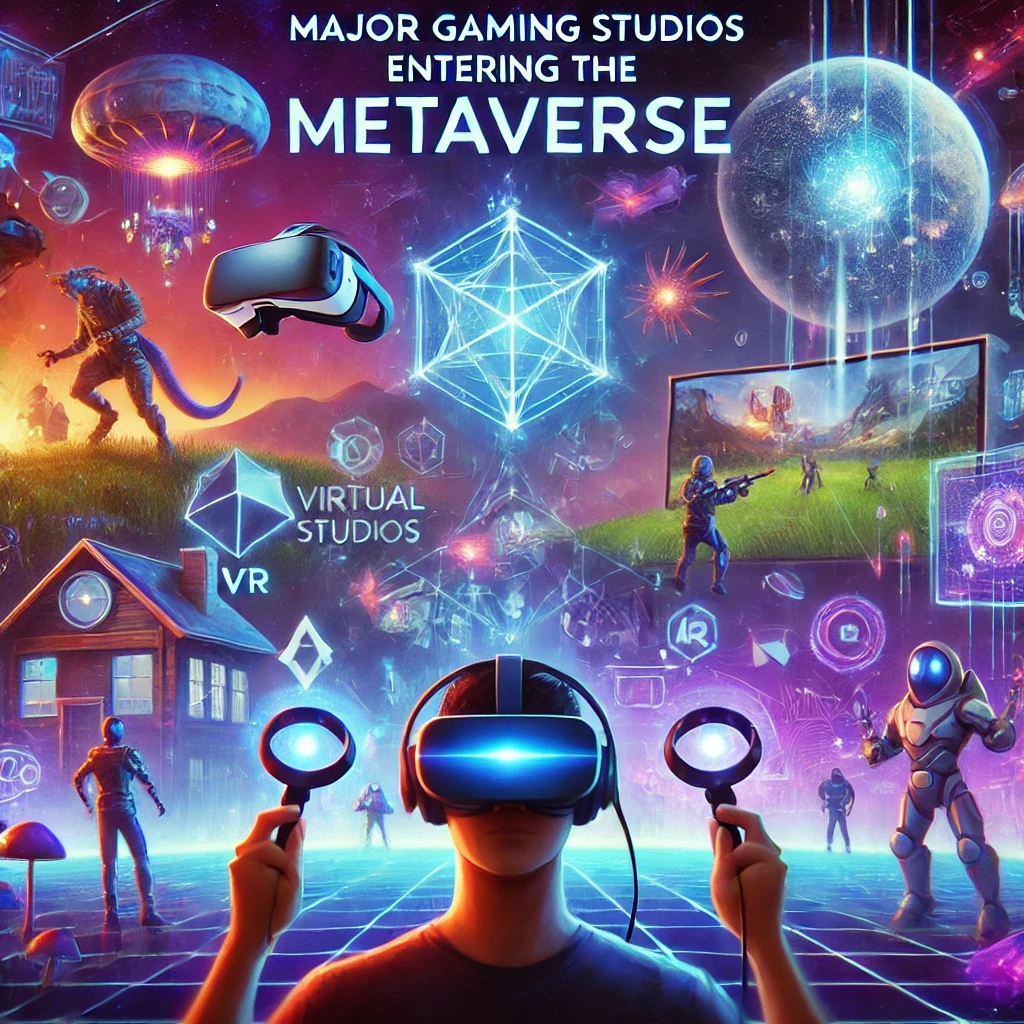Blockchain and Cryptocurrency 2025: Opening a new chapter in the future
2025 is destined to be a critical turning point in the криптовалютаcurrency space. From the major event of Биткойн halving in 2024 to the rapid rise of cutting-edge technologies such as AI-driven blockchain, this will be a new era full of change and opportunities. Regulatory breakthroughs around the world, such as the establishment of compliance frameworks and the application of central bank digital currencies (CBDCs), are also setting a new tone for the entire industry.
This article will give you a glimpse into the most noteworthy trends in 2025, providing practical insights to help you find your place in the next wave of blockchain innovation. Whether you are an experienced crypto player or a novice just entering this field, this гид will prepare you for the challenges and opportunities ahead.
Table of contents
-
Global regulatory evolution: MiCA and CBDCs
-
Regional trends: US, EU and Asia
-
The evolution of DeFi 2.0
-
Institutional adoption drives mainstream growth
-
Expansion of practical applications
-
The potential of NFTs in gaming and entertainment
-
Combining AI and blockchain
-
Cross-chain interoperability
-
Environmentally friendly blockchain practice
-
Profound impact on market sentiment
-
Innovation of the “earn while playing” model
-
GameFi and the Metaverse Predictions for 2025
-
Opportunities for institutional and individual investment
-
Rapid adoption in emerging markets
Regulation and trust
Cryptocurrencies are moving towards wider adoption as regulatory frameworks become clearer and more unified. Whether it is the EUs Рынокs in Crypto-Assets Regulation (MiCA) or the advancement of central bank digital currencies (CBDCs), these efforts around the world are finding a delicate balance between innovation and stability.
-
United States: The approval of Биткойн и Ethereum ETFs opens the door for institutional funds to enter the crypto market. Although controversy surrounding asset classification continues, these ETFs provide a safer entry point for traditional investors and significantly enhance the credibility of digital assets in mainstream finance.
-
EU: MiCA regulations set a benchmark for the industry, providing clear licensing and anti-money laundering regulations for cryptocurrency businesses. This regulatory clarity has attracted startups and established companies to set up and expand their businesses in Europe, driving industry development.
-
Asia: The policy environment in Japan and South Korea has played a positive role in promoting technological innovation, while China is focused on advancing its CBDC plan. South Korea, in particular, has further consolidated its leading position in the regional crypto market by providing tax incentives to support blockchain startups.
At the same time, decentralized identity (DID) systems are gradually becoming a key technology in the industry. These systems can achieve secure identity authentication and meet compliance requirements while protecting user privacy. For example, some financial institutions have begun testing DID systems to optimize customer registration processes and improve security. These technological innovations have built a more secure ecosystem for retail and institutional users and laid the foundation for the future development of the entire industry.
Redefining DeFi
Decentralized finance (DeFi) is gradually moving towards a more mature stage, which is often referred to as DeFi 2.0. This new stage not only solves some problems in the past, such as insufficient scalability and liquidity, but also brings more innovative models to make the entire ecosystem more sustainable.
-
Institutional participation: Now, more and more hedge funds and traditional banks are joining the DeFi trend. High returns and innovative financial products have attracted the attention of these institutions. Some large institutions are also working with DeFi platforms to try to combine the advantages of centralization and decentralization to create a new financial model.
-
Security upgrades: Security measures such as multi-signature wallets and on-chain insurance are increasing user trust. In addition, decentralized audit protocols are also beginning to be widely used to ensure the security of smart contracts, greatly reducing the risk of vulnerabilities.
At the same time, the emergence of real-time settlement mechanisms has also brought about a qualitative change in DeFi, and transactions can now be completed instantly. These advances not only make DeFi platforms more powerful, but also attract more new users and lay the foundation for the future financial system.
NFT Breakthrough
By 2025, non-fungible tokens ( NFT ) are no longer limited to the scope of digital art, but have penetrated into many areas of real life, becoming an important tool to promote innovation.
-
Real-world applications: NFT is changing the traditional model of property ownership, supply chain management, and intellectual property protection. For example, through real estate tokenization, small investors can also participate in the high-end real estate market and enjoy the benefits of partial ownership. At the same time, NFT is also increasingly used in the supply chain, and the luxury industry uses it to verify the origin and quality of goods and ensure authenticity.
-
Games and Entertainment: The Play-to-Earn model allows players to not only have fun in the game, but also realize profits by trading virtual assets. In the entertainment industry, НФТ is narrowing the distance between stars and fans. For example, through NFT membership cards, fans can obtain exclusive content or event rights, such as VIP channels for concerts, behind-the-scenes experiences, and even limited edition peripheral products.
These changes demonstrate the potential of NFT to seamlessly connect the digital world with the real world, opening the door to new economic opportunities. In addition, many NFT projects have further expanded their influence by raising funds to support public welfare, beyond simple commercial use.
Technological innovation
Technology has always been the core driving force behind the development of cryptocurrency, and in 2025, various cutting-edge breakthroughs are redefining the potential and applications of blockchain.
-
AI integration: AI technology is improving the blockchain ecosystem in all aspects, such as optimizing trading strategies, gaining insights into market trends, and automating smart contracts. For example, adaptive smart contracts can automatically adjust execution rules based on real-time data (such as market fluctuations or external events) to ensure more efficient and accurate operations.
-
Cross-chain interoperability: Seamless transfer of assets between different blockchains is becoming more realistic, breaking down traditional inter-chain barriers and promoting efficient connectivity of blockchain networks. At the same time, cross-chain solutions enable decentralized exchanges (DEX) to integrate liquidity pools from multiple blockchains, providing users with more choices and greater convenience.
These technological advances have opened up new application scenarios for blockchain. For example, developers are using these innovations to combine the traditional Internet (Web2) and the decentralized Internet (Web3) to create a more intuitive and user-friendly experience.
Green blockchain
By 2025, the cryptocurrency industry has taken important steps towards sustainability, with many innovations helping to reduce its environmental impact.
-
Proof of Stake ( PoS ): Ethereum successfully transitioned to a proof-of-stake mechanism in 2023, significantly reducing energy consumption compared to the previous proof-of-work (PoW) . According to statistics, this transition has reduced Ethereum s energy consumption by more than 99%, setting a precedent for other blockchain networks.
-
Carbon neutrality plans: More and more platforms are taking carbon offset measures, such as funding renewable energy projects or promoting afforestation. Some mining companies are even using clean energy such as geothermal energy to conduct their operations, and regions like Iceland have become ideal choices for environmentally friendly mining companies.
These environmental protection actions not only demonstrate the industrys sense of responsibility, but also significantly affect market sentiment. More and more investors and companies that focus on sustainable development are attracted to blockchain, making it a part of building a green economy.
GameFi and the Metaverse
By 2025, the convergence of GameFi and the Metaverse is revolutionizing the gaming industry, bringing new possibilities to the digital economy.
-
Play-to-Earn: This model not only allows players to have fun in the game, but also earn cryptocurrencies or NFT through game skills. In some economically underdeveloped areas, this model provides people with an additional source of income. Many successful games have introduced sustainable mechanisms, such as allowing players to reinvest their earnings into the ecosystem, creating a healthier economic cycle.
-
Metaverse Economy: Virtual real estate and Metaverse tokens are spawning new industries, such as digital fashion and immersive event experiences. Companies and brands are also using the Metaverse as a marketing platform to open virtual stores, hold online events, and interact with global users, expanding the boundaries of business.
This field is developing rapidly as mainstream game developers join the fray, gradually changing the way we interact with the digital world. At the same time, technological advances in virtual reality (VR) and augmented reality (AR) are making the experience of the metaverse more vivid and realistic, attracting more users to participate.
Global Crypto Economy
By 2025, the cryptocurrency market has grown from an emerging testing ground to an important part of the global financial system. Its influence extends to various economies, industries and people, and is redefining the way value is created, transferred and stored.
-
Institutional growth: The launch of Биткойн и Ethereum ETFs, as well as the continuous advancement of custody technology, have injected more stability into the market and attracted a large number of long-term investors. Many institutions view crypto assets as a reliable tool to combat inflation and market volatility, further promoting their mainstream development.
-
Emerging Markets: In regions such as Africa and Southeast Asia, cryptocurrencies are key to addressing financial inclusion issues. For example, blockchain-based remittance services have significantly reduced the cost of cross-border payments, helping millions of migrant workers to support their families more efficiently.
-
The rise of stablecoins: As a core tool in global trade, stablecoins are becoming indispensable. More and more governments are beginning to work with private enterprises to launch stablecoins backed by fiat currencies, while ensuring supervision, introducing technological innovations and improving transaction efficiency.
Grasping these macro trends can help individuals and businesses better grasp the opportunities brought by the crypto economy. As blockchain technology continues to merge with traditional finance, its influence will further expand and profoundly shape the future global economic landscape.
Summary: Embracing the next revolution
The cryptocurrency world in 2025 is full of innovation, sustainable development efforts, and deep integration with the global economy. From the upgrade of DeFi to the outbreak of GameFi, various trends have brought new opportunities and possibilities to investors, businesses, and ordinary users.
As part of this ecosystem, we are at a critical juncture in the development of the industry. Keeping up with technological advances, adapting to changes in the regulatory environment, and deeply understanding market demand will be the key to your success in this rapidly developing field.
At XT Обмен, we are committed to providing users with the necessary tools and insights to help you seize opportunities and meet challenges in this dynamic market. In 2025, we look forward to welcoming the next revolution with you and creating a new chapter for the future together.
About XT.COM
Founded in 2018, XT.COM currently has more than 7.8 million registered users, more than 1 million monthly active users, and more than 40 million user traffic within the ecosystem. We are a comprehensive trading platform that supports 800+ high-quality currencies and 1,000+ trading pairs. XT.COM cryptocurrency trading platform supports a variety of trading products such as spot trading , leveraged trading , и contract trading . XT.COM also has a safe and reliable NFT trading platform . We are committed to providing users with the safest, most efficient, and most professional digital asset investment services.
This article is sourced from the internet: Blockchain and Cryptocurrency 2025: Opening a new chapter in the future
Original | Odaily Planet Daily ( @OdailyChina ) Author: CryptoLeo ( @LeoAndCrypto ) AI is subverting the global technology, finance and innovation landscape with unstoppable momentum. Since the release of ChatGPT, generative AI has become a mainstream narrative in just one year, attracting great attention from investors to large language models (LLMs) and AI applications. According to the International Financial Forum (IFF), by 2024, global AI startups have attracted more than $120 billion in financing, of which $35 billion was raised in the first half of 2024. This AI craze is gradually affecting the Crypto market, especially in the field of AI-related crypto projects and tokens. At present, the total market value of AI crypto tokens has exceeded 43 billion US dollars, far exceeding other tracks. For users, AI Memecoin…
















I was scammed on Coinyee in a Bitcoin investment totaling over $500k. However, I was able to recover my funds with the help of www.BsbForensic.com They are one of the rare and trustworthy services out there.